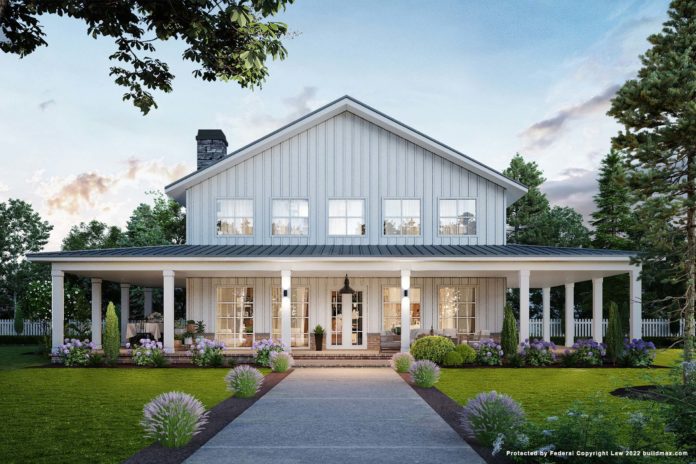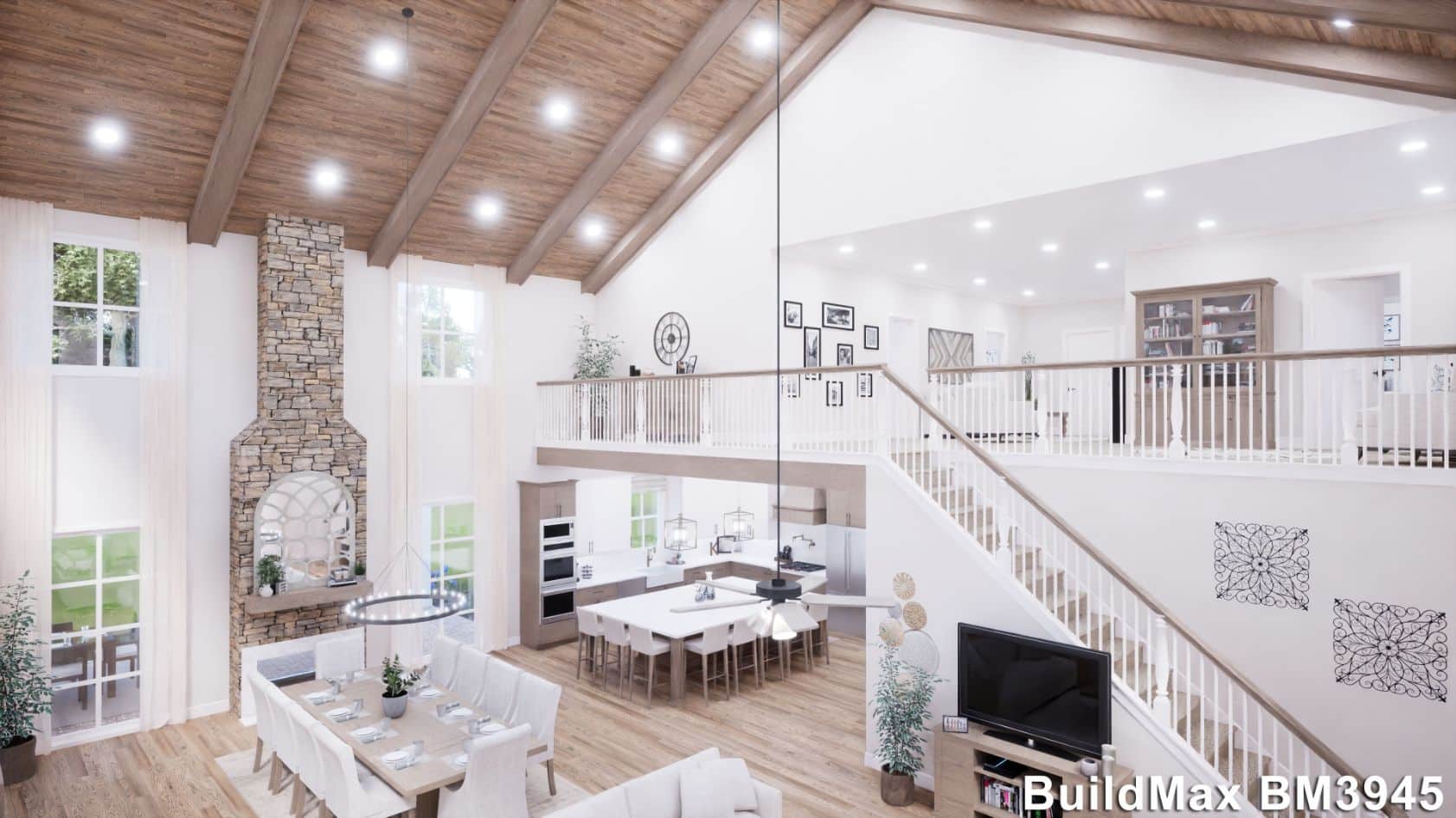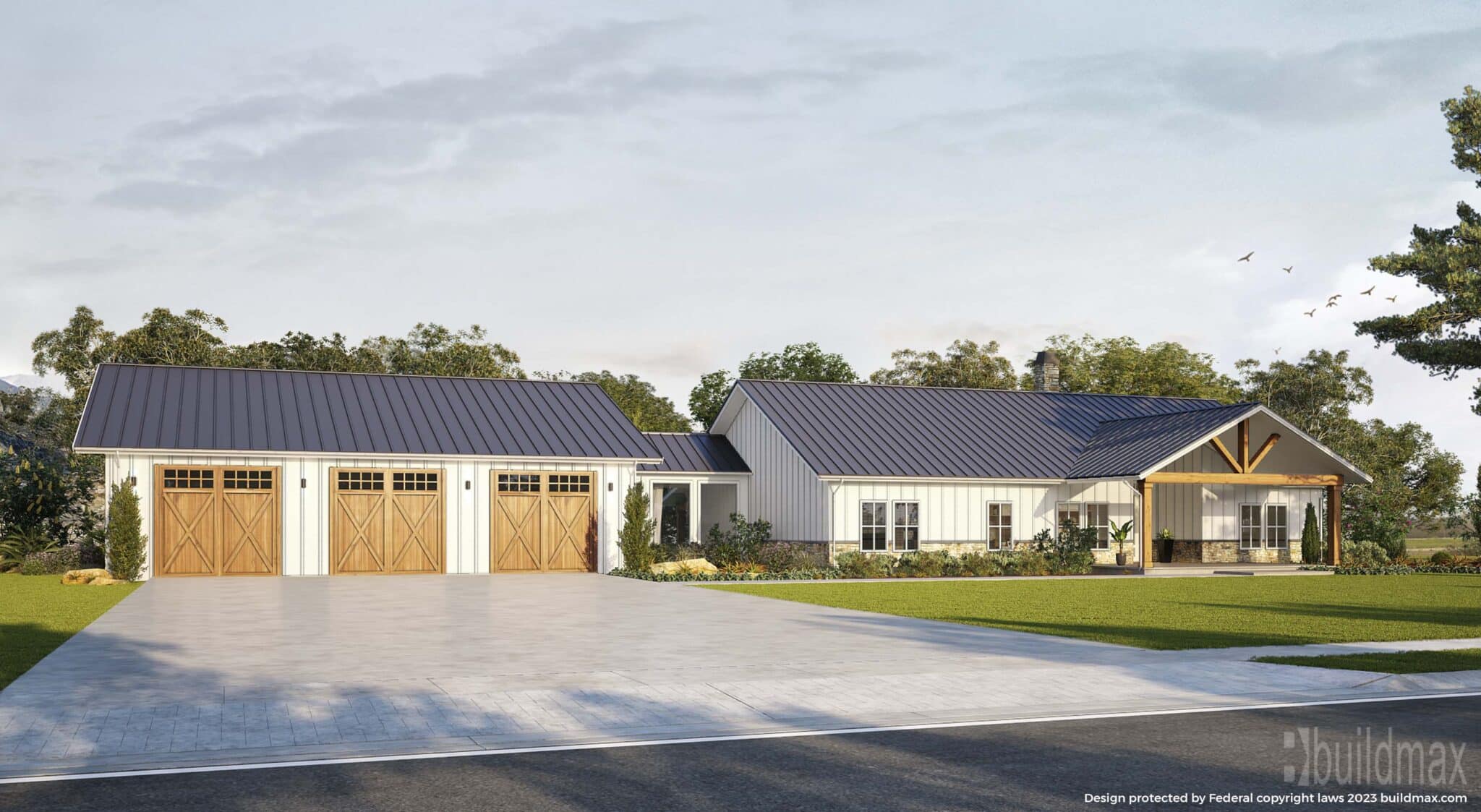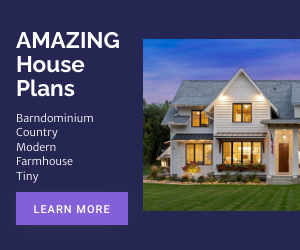Barndominiums, a hybrid of barns and condominiums, have become increasingly popular in recent years. These unique structures offer a blend of spaciousness, affordability, and customization, making them appealing to a wide range of individuals and families. However, before jumping on the barndominium bandwagon, it’s crucial to understand both the advantages and disadvantages of barndominiums.
Pros:
- Cost-effective: Compared to traditional homes, barndominiums are often cheaper to build. This lower cost is due to several factors, including the use of readily available materials, simpler construction methods, and reduced labor costs.
- Customization: Barndominiums offer a remarkable degree of customization. Unlike traditional homes with pre-defined layouts, barndominiums allow you to design the interior space to perfectly suit your needs and preferences. You can incorporate open floor plans, create dedicated workshops or studios, or even add features like lofts or balconies.
- Durability: Barndominiums are often built using robust materials like steel and metal, making them highly resistant to weather, pests, and fire. This durability translates to lower maintenance costs and a longer lifespan for your home.
- Open Floor Plans: The open floor plans often found in barndominiums promote a sense of spaciousness and togetherness. They provide ample space for families to gather and enjoy quality time together, while also allowing for easy movement and flow throughout the living area.
- Eco-friendly: Barndominiums can be constructed using sustainable materials and energy-efficient technologies, making them a more environmentally friendly option than traditional homes. Additionally, their simple design and lack of unnecessary features contribute to less waste and resource consumption.
Cons:
- Financing challenges: Certain lenders may be hesitant to provide financing for barndominiums due to their unconventional nature and the lack of established market values. This can make it more difficult to secure financing compared to traditional homes.
- Zoning restrictions: Depending on your location, zoning regulations may restrict or prohibit the construction of barndominiums. It’s crucial to research local regulations and obtain necessary permits before investing in a barndominium project.
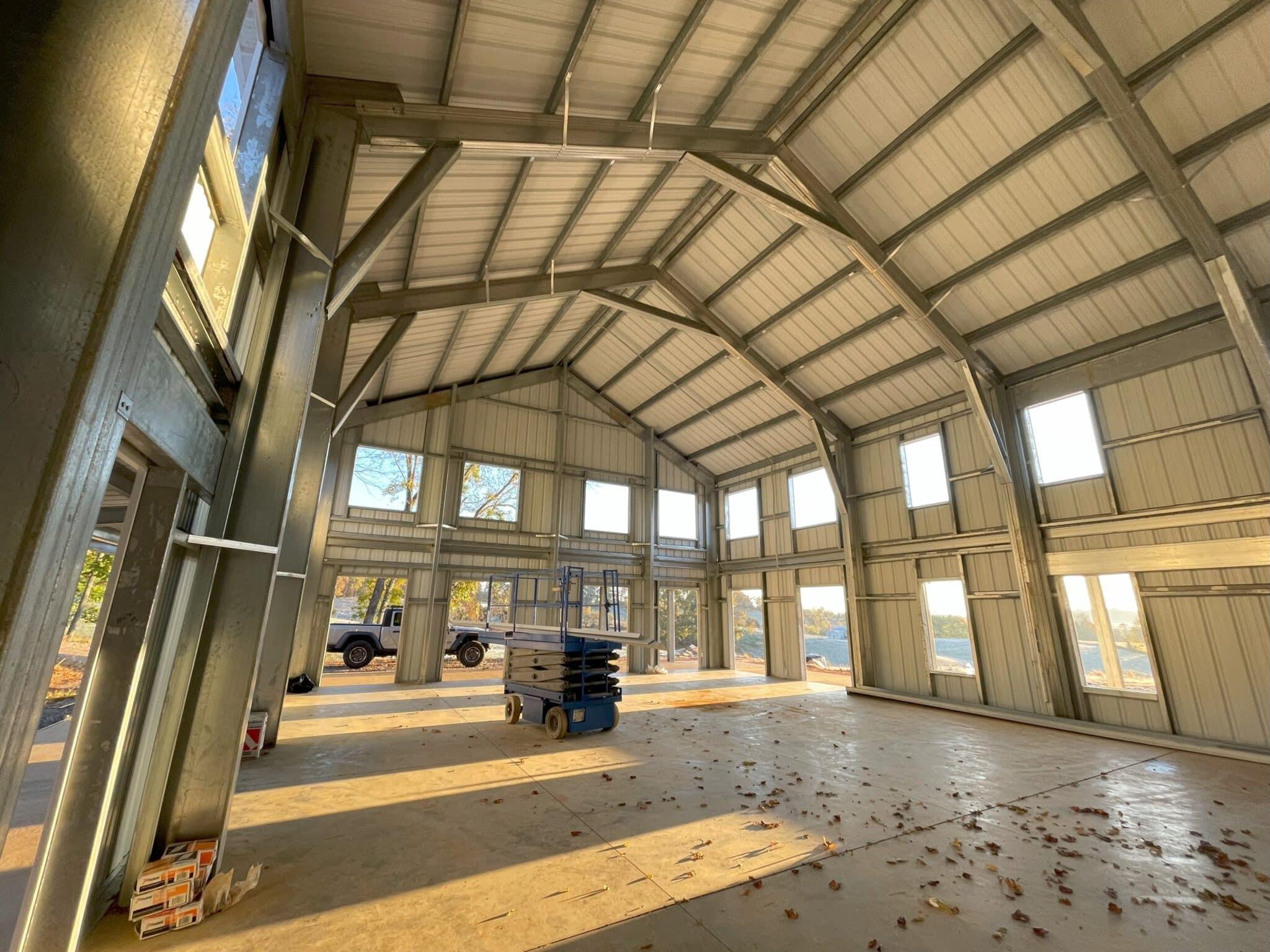
- Limited resale value: While barndominiums offer unique features, they may not appeal to a broader range of buyers compared to traditional homes. This could potentially limit the resale value of your property, particularly in areas with a less established barndominium market.
- Sound insulation: The open floor plans and metal construction of barndominiums can lead to sound transmission issues. This can be a concern for those who value privacy or need a quieter living environment. However, this doesn’t continue into the bedrooms so long as proper insulation is used, similar to traditional homes.
Conclusion:
Barndominiums offer a compelling alternative to traditional housing, particularly for those seeking affordability, customization, and a modern aesthetic. However, it’s crucial to carefully weigh the pros and cons before making a decision. Consider your individual needs and preferences, research local regulations, and consult with professionals to ensure that a barndominium is the right fit for you and your lifestyle.



